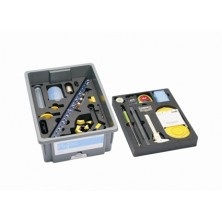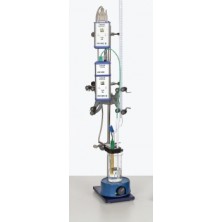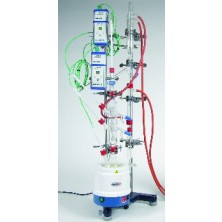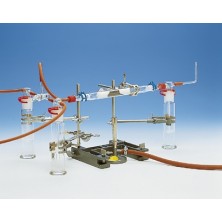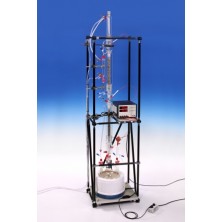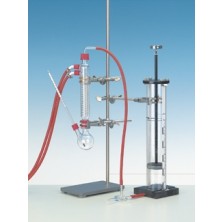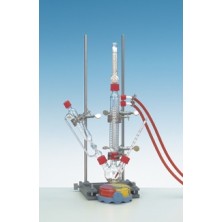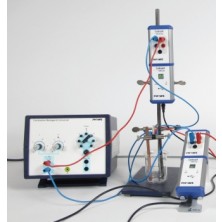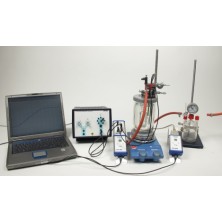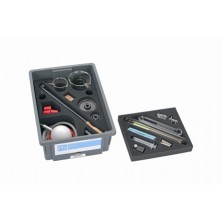
TESS advanced Physics supplementary set Mechanics 2 for age 11-16
Item no.: 15272-88 Function and Applications Supplementary equipment set for TESS Basic Set Mechanics 1 (15271-88). Together with the Basic set, it is possible to performe 52 student experiments in total: Physical quantities and characteristics (7 experiments) Forces (16 experiments) Elementary machines (11 experiments) Liquids and gases (10 experiments) Ocillations (8 experiments) Benefits Complete equipment set:

